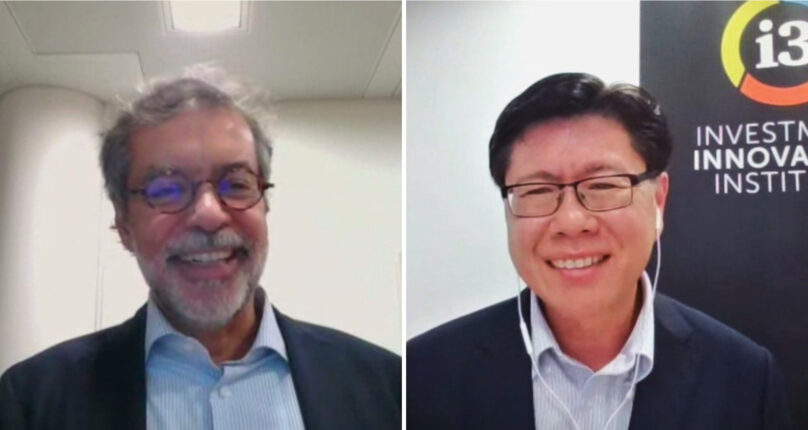The Russia-Ukraine conflict, a spike in commodity prices and rising global inflation have raised fresh questions about the outlook for emerging market (EM) debt. Against this backdrop, it is no surprise that the asset class has been under pressure.
But are we at a point of maximum pessimism, where much of the risk is priced in? Could the current volatility in emerging market debt signal a good entry point for long-term investors? Could a cautiously optimistic view for this asset class be warranted?
In this webinar co-hosted with Capital Group, Portfolio Manager Luis Freitas De Oliveira shared his thoughts on the challenging macro backdrop, the investment implications to emerging markets debt and how the asset class remains investable amid the growing headwinds.
Transcript (with timings)
02:58 – The evolution of Emerging Market (EM) Debt
05:13 – OECD countries with the best and worst sovereign credit metrics.
06:06 – The current tightening of US fiscal policy has affected emerging markets in the same way as it has every other market, but in relative terms EM is the best prepared it has ever been to handle this.
07:57 – How the 2013 taper tantrum compares to the current environment
13:16 – EM markets are sometimes classified commodity producers and exporters
15:12 – Some EM countries raised rates early, but some dragged their feet, adopting a wait-and-see philosophy. Where are the best investment opportunities?
17:40 – EM local currencies vs hard currencies look quite different. A quarter of the hard currency universe are in a situation where default is a possibility.
20:22 – Generally, there is not a lot of value in investing in EM investment grade vs US investment grade, but when you look at EM vs US high yield, there is a significant premium.
22:54 – History would say that EM is a high beta bet against the US dollar, but recent FX has proven this is not now the case.
25:05 – EM corporates is the fastest growing sector at the moment. The high yield segment has a very volatile profile, and China is having an impact on that segment.
26:39 – Latin American EM corporates behave differently to Asians as there are a lot of commodity issuers there that are in good shape at the moment.
27:13 – Combining corporates alongside sovereigns provides a better risk-return profile.
28:06 – The easiest way to gain exposure to these segments is via a 50/50 split in hard vs local currency. Including up to 20% corporates provides good diversification.
30:05 – EM Local currency can be thought of as a risk-seeking asset class in a similar way to equities.
31:35 – Geopolitical risk has to be factored into the investment process, but is hard to price in. So EM investors try to ignore it whenever possible.
33:44 – When managing positions such as in Russia in 2022 you have to remain flexible, not panic and have perspective.
36:11 – Has the Russian/Ukraine situation changed how investors should think about China?
38:20 – You are currently earning less on Chinese bonds than on US Treasuries!
40:20 – EM equities are very complementary to EM debt, but remain more cyclical, so a recession would make them less attractive.
Presenter: Luis Freitas de Oliveira, Portfolio Manager, Capital Group
Facilitator: Teik H. Tan, Executive Director, Investment Innovation Institute [i3]
Click here for more educational webinars on investment education


